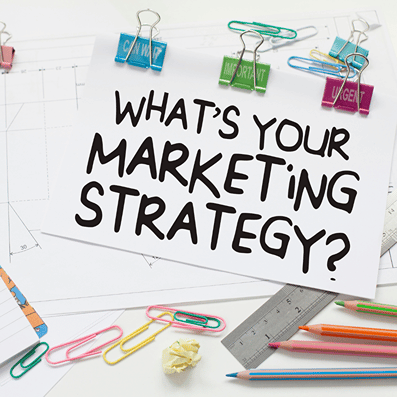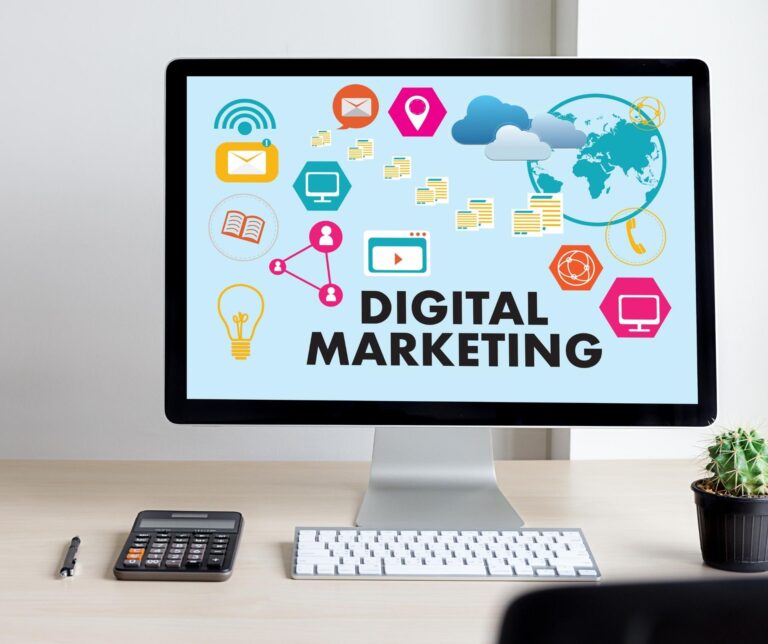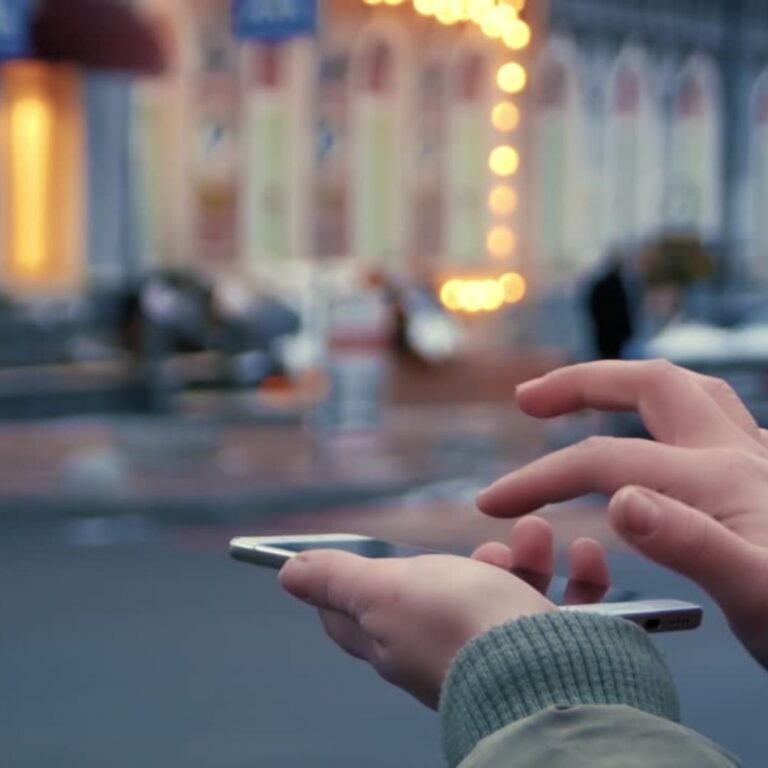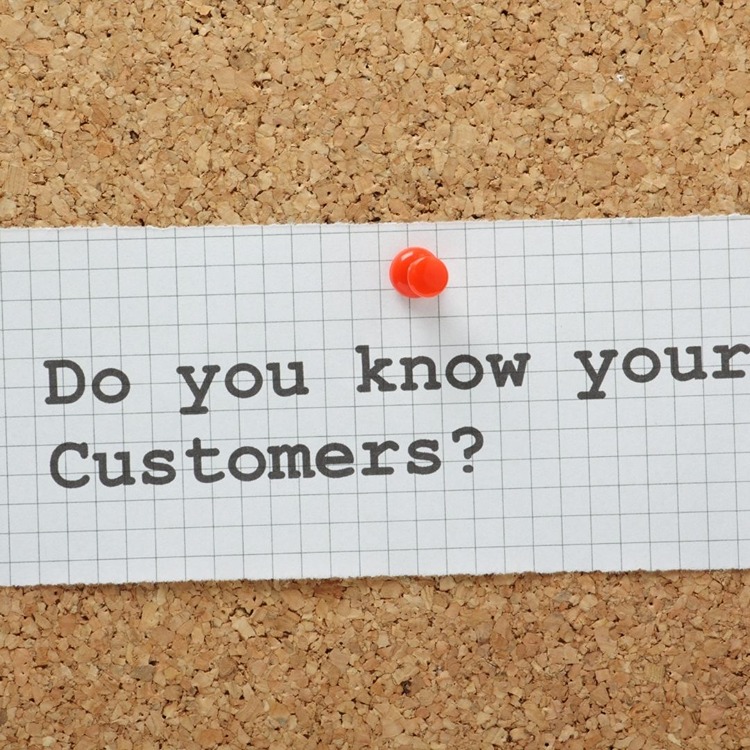7 Examples of Successful Social Media Marketing Campaigns That Drove Real Results

Social media has become one of the most powerful tools for building a brand, connecting with customers, and generating real business results. For veteran entrepreneurs—especially those launching new ventures—understanding what makes a campaign successful can be a game-changer.
Social media campaigns that drive real results don’t happen by accident. At DeBella DeBall Designs, we help service-based entrepreneurs implement marketing systems that make visibility consistent and strategic, not random. Below, we’re breaking down seven campaigns that nailed brand engagement, emotional connection, and scalable results. Then we’ll show you how to bring that strategy into your own content using the 9-Line Marketing Roadmap.
If your current campaigns haven’t been getting the traction you hoped for, you’re not alone. The good news? You don’t have to start from scratch. By analyzing high-impact campaigns from top brands, you can borrow proven tactics and adapt them to your own strategy. In this post, we’ll break down seven social media marketing campaigns that worked, and why. Each one offers practical insights you can apply to create more engaging, impactful content and successful social media marketing campaigns.
1. Spotify Wrapped – Personalized User Engagement
Spotify’s annual “Wrapped” campaign delivers a personalized summary of each user’s listening habits, prompting millions to share their stats on social media.
Why It Worked:
- Personalization: Tailored content makes users feel seen and valued.
- Shareability: Visually appealing summaries make it easy to post and tag friends.
Key Takeaways:
- Leverage user-generated content to expand reach.
- Create personalized experiences that spark emotional connection.
- Design content that users are eager to share.
2. Coca-Cola’s ‘Share a Coke’ – Mass Personalization
Coca-Cola replaced its iconic logo with popular names on bottles, encouraging people to find and share their personalized drinks.
Why It Worked:
- Emotional Tie-In: People felt an instant personal connection.
- Viral Spread: Consumers posted photos with their bottles, generating organic reach.
Key Takeaways:
- Add personal elements to make your audience feel special.
- Combine offline and online tactics for bigger impact.
- Encourage content that people naturally want to share.
3. ALS Ice Bucket Challenge – Viral Fundraising Phenomenon
The ALS Association’s Ice Bucket Challenge went viral as people poured ice water over themselves, nominated others, and donated to ALS research.
Why It Worked:
- Simplicity: Easy to do, fun to watch.
- Peer Pressure: Social nominations fueled widespread participation.
- Purpose: The charitable cause gave people a reason to join.
Key Takeaways:
- Keep campaigns simple and engaging.
- Use social proof and peer involvement.
- Align with causes to boost emotional investment.
4. Apple’s #ShotOniPhone – Showcasing User Talent
Apple invited users to post their best iPhone photography using the hashtag #ShotOniPhone, turning customers into brand advocates.
Why It Worked:
- Authenticity: Real photos, real users.
- Community Building: Created a collective of creators.
- Trust: Real content validates product quality.
Key Takeaways:
- Highlight your customers’ experiences.
- Use hashtags to curate UGC.
- Make your audience the hero of your brand story.
5. Dove’s ‘Real Beauty Sketches’ – Emotional Storytelling
Dove hired an artist to draw women based on their self-descriptions and others’ descriptions, showcasing the gap in self-perception.
Why It Worked:
- Emotional Depth: Tapped into real insecurities and social issues.
- Shareability: The emotional punch led to mass sharing.
- Brand Alignment: Reinforced Dove’s mission of authentic beauty.
Key Takeaways:
- Use storytelling to spark emotion.
- Tackle meaningful issues relevant to your audience.
- Let your content reflect your core brand values.
6. Wendy’s Twitter Roasts – Distinct Brand Personality
Wendy’s broke the mold with witty, sarcastic Twitter replies that engaged users and earned viral attention.
Why It Worked:
- Bold Voice: Their snarky tone made them memorable.
- Real-Time Interaction: Engaged directly with users and trends.
- Entertainment: Made people laugh and share.
Key Takeaways:
- Develop a clear, consistent brand voice.
- Lean into your personality—even if it’s bold.
- Real-time interaction builds brand affinity.
7. Nike’s ‘You Can’t Stop Us’ – Inspirational Messaging
This campaign paired footage of athletes across different sports in a seamless split-screen video narrated by Megan Rapinoe, promoting unity and resilience during global uncertainty.
Why It Worked:
- Relevance: Addressed timely global challenges.
- Emotion: Stirred inspiration and hope.
- Execution: High production quality made it visually unforgettable.
Key Takeaways:
- Align campaigns with cultural moments.
- Invest in quality storytelling and visuals.
- Inspire with a message that matters.
Final Thoughts
These campaigns prove that successful social media marketing goes beyond clever captions and hashtags. They were successful social marketing campaigns examples. It’s about connection. Whether through personalization, user-generated content, emotional storytelling, or bold authenticity, each campaign tapped into something real and human.
You don’t need a Fortune 500 budget to use the same principles. Learn from these successes. Apply the strategies to your brand. And remember—the best campaigns don’t just get attention. They make people feel something.
Are you ready to create your own?
For a closer look at the campaign’s impact and production, you can watch the official “You Can’t Stop Us” video below:
Conclusion
Analyzing these successful social media marketing campaigns reveals common threads: personalization, user-generated content, emotional storytelling, and timely relevance. By incorporating these elements into your own strategy, you can craft campaigns that not only engage your audience but also drive meaningful results. Remember, the key is to understand your audience deeply and create authentic, shareable content that resonates on a personal level.






